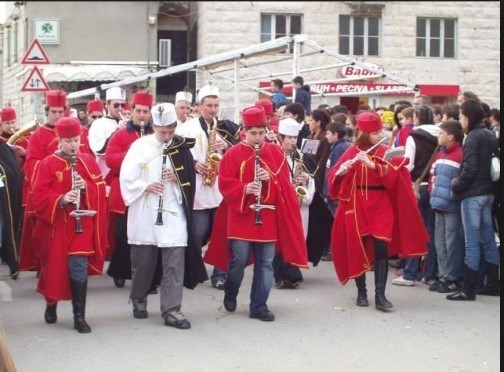Varoš or as many also know it as – Veli Varoš is one of the oldest parts of Split, emerged parallelly with other suburban areas of the city, i.e. the city quarter (“varoš”) – Dobri, Manuš, Lučac. It is situated at the foothill of a famous mountain Merjan, or Marjan, whichever you prefer, often visited by professional and recreational athletes. It is developed outside the former town walls that surrounded medieval Split around the ancient St Mikula Church from the early Middle Ages. A woman from Split called Nemira, a daughter of Mesagalina had this church built in the y. 1068. On this very location were later built the Church of the Holy Cross and a well-known St Francis Monastery that was, according to a legend, founded by Saint Francis of Assisi himself. Northside from Varoš is a part of Split called Špinut, Dobri and Grad (the City) being in the eastside, and Tomića stine, Matejuška, Solurat, Sustipan, Meje, Zvončac in the southside. Veli Varoš is a real treasury of a preserved folk architecture with a genuine folk ambience. This area has, up to recently, been known as the symbol of the fishermen from Split who used to make their living by catching fish like European pilchard, in a specific way celebrated in “Spli’ski akvarel”, an operetta by Ivo Tijardović. Nowadays however, the price per square meter in this part of Split has gone through the roof. This ancient part of Split is featured by small village houses, short and narrow streets (“kalete”), a true witness of the life as it used to be. If you wish to explore Veli Varoš, you should be taking a slow uphill walk in order to grasp the beauty of Dalmatian small and steep stone streets.
D. Šabić

 Festival povijesti – Kliofest u Muzeju grada Trogira
Festival povijesti – Kliofest u Muzeju grada Trogira Stiže nam 32. Muzički biennale Zagreb
Stiže nam 32. Muzički biennale Zagreb Božićni koncert u Kaštelama
Božićni koncert u Kaštelama Tvrde da je ovo najbolji bežični mikrofon ikada!
Tvrde da je ovo najbolji bežični mikrofon ikada!